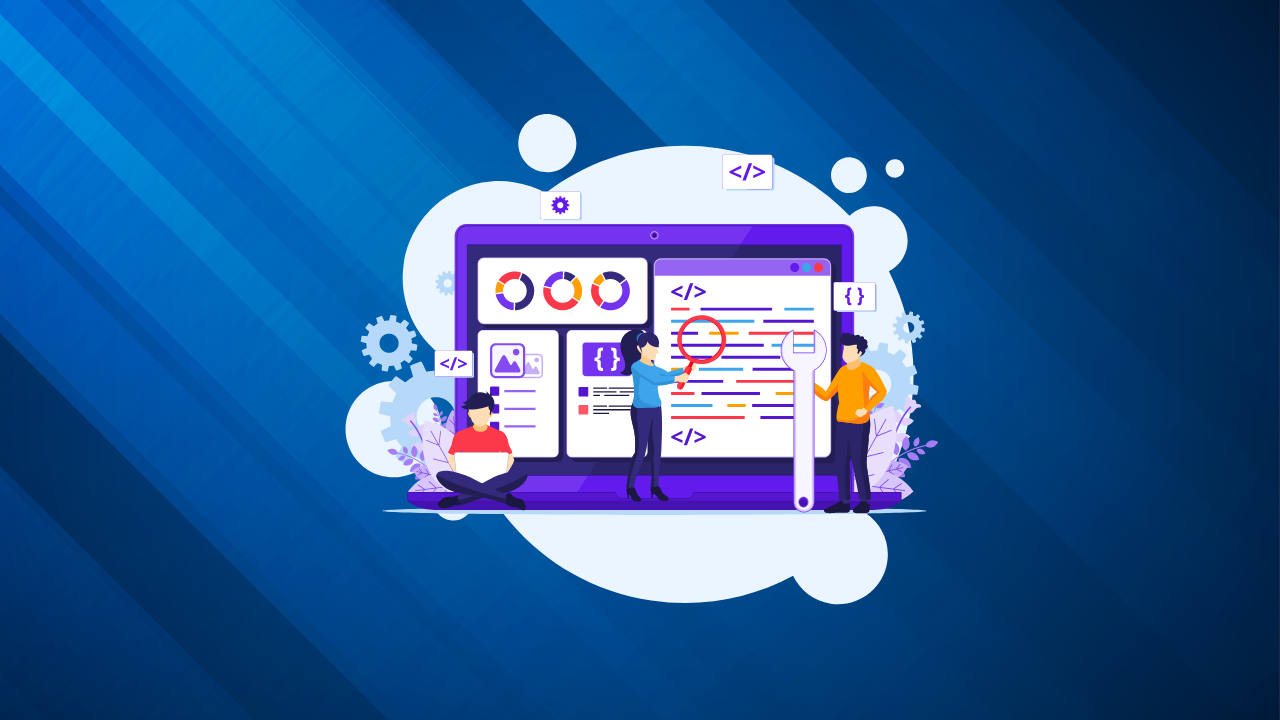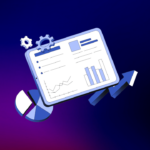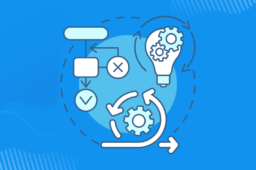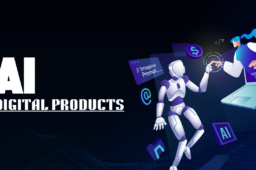
Programmers’ Dilemma: Mac vs. Windows vs. Linux – Which is Best?
- October 08, 2024
- by
- tehreem
Imagine sitting down to start a new coding project—whether it’s building the next great app, a website, or diving into backend development—and suddenly, you’re hit with the question: Mac vs. Windows vs. Linux—which is best for programming? It’s a dilemma every programmer has faced at some point. Each operating system offers distinct advantages, but also its own set of challenges. Picking the right one can have a significant impact on your productivity, coding experience, and even your career.
If you’ve found yourself pondering this question, you’re not alone. In this post, we’ll break down the pros and cons of Mac, Windows, and Linux for programming, so you can choose the best option for your specific needs.
What to Consider When Choosing an OS for Programming?
Before we jump into the nitty-gritty of each operating system, it’s important to consider what you need from your development environment. Are you coding mobile apps? Do you need a system that plays well with cloud services or supports game development? Some operating systems excel in certain areas but may fall short in others.
When deciding between Mac, Windows, and Linux, consider these factors:
- Compatibility with tools and development frameworks
- Security and stability
- Performance and efficiency
- Ease of use and setup
- Hardware costs and availability
With these factors in mind, let’s dive into each system’s strengths and weaknesses.
Mac for Programming: Advantages and Drawbacks
Mac has long been a favorite in the programming world, especially for mobile developers working in the Apple ecosystem. Since macOS is Unix-based (just like Linux), it offers many of the same advantages without requiring complex setup.
Strengths of Mac:
- Unix-based system: This allows for seamless compatibility with many developer tools, especially if you’re working with web development, server-side applications, or even mobile apps for iOS.
- Xcode Integration: If you’re building apps for iOS or macOS, Xcode—Apple’s integrated development environment—is essential. Xcode provides a rich suite of tools for iOS development, including a code editor, debugger, and UI designer.
- Design and UI Focus: Developers who also dabble in design appreciate the high-quality display and user experience that comes with Apple hardware.
- Stability and performance: macOS is known for its stability, especially when using Apple’s hardware
Drawbacks of Mac:
- Cost: Apple’s hardware comes with a premium price tag, which can be a major barrier for new developers or those on a tight budget.
- Limited flexibility for gaming development: Mac is not the go-to choice for game development due to limited support for certain graphic APIs and gaming engines.
In summary, if you’re heavily invested in the Apple ecosystem or working on design-heavy projects, Mac could be the best OS for you.
Windows for Programming: Advantages and Drawbacks
Windows is by far the most popular operating system globally, and this alone makes it a strong contender for many developers. Its versatility and compatibility with various development environments make it an all-rounder.
Strengths of Windows:
- Broad compatibility: Windows runs nearly every tool a developer could need, from IDEs like Visual Studio to design software like Photoshop.
- Visual Studio and .NET support: For developers building desktop applications, especially those using .NET frameworks, Windows is the go-to choice. Visual Studio is widely regarded as one of the best IDEs, and its integration with .NET makes it ideal for Windows-based development.
- Windows Subsystem for Linux (WSL): One of the biggest advantages of Windows is the ability to run Linux alongside it via WSL. This allows developers to take advantage of Linux’s flexibility without leaving the comfort of Windows.
Drawbacks of Windows:
- Security concerns: Windows is more vulnerable to malware compared to Mac and Linux due to its widespread use, making it a target for attacks.
- Limited terminal functionality: While Windows has made strides with tools like PowerShell, its terminal is not as robust or widely used as Bash on macOS or Linux.
In short, Windows is ideal for general-purpose development, especially if you want compatibility across a wide range of tools. It’s also great for developers who need to work in a corporate or desktop-heavy environment.
Linux for Programming: Advantages and Drawbacks
For developers who prize flexibility and customization, Linux is often the OS of choice. Since it’s open-source, you have complete control over your environment, and it’s highly favored for server-side and backend development.
Strengths of Linux:
- Open-source flexibility: Linux offers unparalleled customization, allowing you to build your ideal development environment. Distributions like Ubuntu, Debian, and Fedora provide different strengths depending on your needs.
- Server-side development: Linux is a favorite for server environments due to its security, stability, and efficiency. Many cloud platforms and hosting services run on Linux, making it a go-to for backend developers.
- Security and performance: Linux is known for being secure and lightweight, which means it performs well even on older hardware.
Drawbacks of Linux:
- Learning curve: For beginners, Linux can be a bit intimidating due to its reliance on the command line. Setting up certain development environments may require more manual configuration compared to Mac or Windows.
Software compatibility: Not all development tools support Linux natively, so you may need to use compatibility layers like Wine to run certain applications.
If you’re looking for an OS that gives you full control over your development environment and you don’t mind getting your hands dirty with configurations, Linux is a strong contender.
Which OS is Best for You?
At the end of the day, the choice between Mac, Windows, and Linux depends on your personal needs and the type of development you’re doing. Each operating system has its strengths:
- Mac is perfect for mobile app development and design-focused projects.
- Windows is a versatile all-rounder with strong compatibility across different industries.
- Linux is the top choice for open-source development, backend services, and cloud-based environments.
For many programmers, the best approach is to try each OS and see which one fits their workflow. You might even find that dual-booting or using virtual machines gives you the best of all worlds.
FAQs Section
Which OS is best for web development?
Linux is often preferred due to its flexibility and compatibility with server environments.
Is Mac worth it for programming?
Yes, especially if you’re developing for iOS/macOS. However, the cost of hardware can be prohibitive.
Can I use Linux and Windows together?
Yes, using tools like WSL, you can run Linux within Windows, giving you the flexibility to use both environments.






